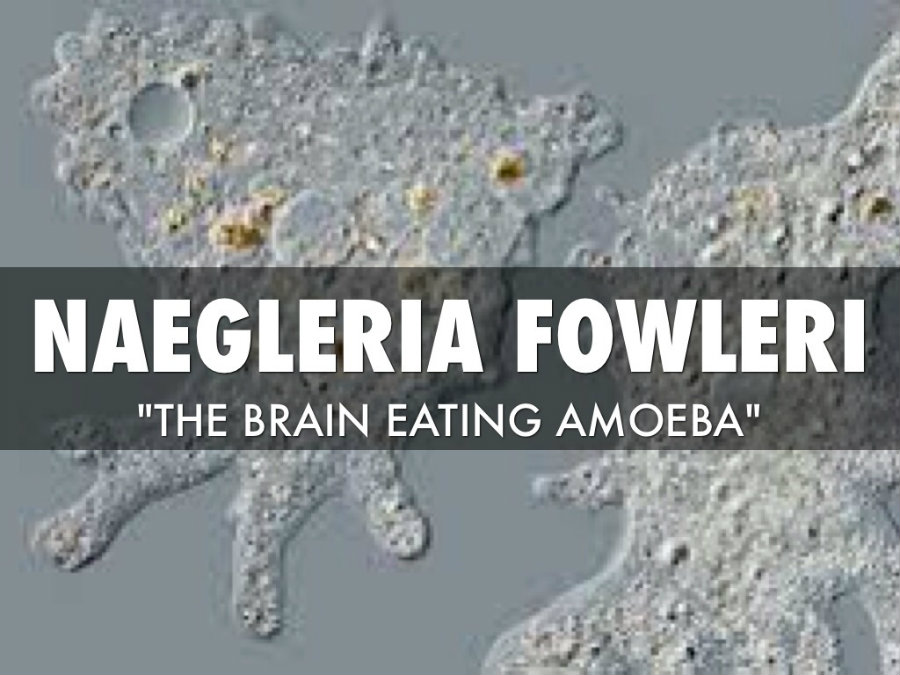The parents of Hannah Collins reported her passing last Friday at 10:20 p.m. Hannah was diagnosed to be infected with Naegleria fowleri after she swum at the Edisto River back in July. She was submitted to treatment but on Thursday it was revealed that Hannah had suffered irreparable brain damage.
Although she was delivered a drug that was capable of fighting the infection, it was not administered soon enough to avoid the lethal consequences.

A funeral mass in Hannah’s memory will be held at Beaufort’s St. Peter’s Catholic Church. Her family has put up a GoFundMe page to deal with funeral expenses and to raise awareness about naegleriasis. They have also created the Prayers for Hannah Katherine Facebook page, featuring several photographs and posts remembering the life of the 11-year-old girl. Pictures show Hannah wearing her dress before she was chosen Young Miss at Walterboro’s Miss Rice Festival back in April.
The brain-eating amoeba
Naegleria fowleri is mostly found in warm waters and rivers. Although the amoeba is common, infection is highly unlikely because the organism has to enter the nasal cavity. This makes it, so the ones most exposed to infection are children and teenagers, as they are more likely to dive below the surface and to inhale water by accident.
The disease, known as naegleriasis or primary amoebic meningoencephalitis, was last reported in South Carolina back in 2012. The amoeba feeds itself on bacteria, but when it comes in contact with the brain, it feeds on it and causes swelling. Symptoms tend to appear two weeks after infection, becoming fatal in less than a month. Symptoms include loss of balance, hallucinations, and seizures. Naegleriasis is not able to be transmitted from one person to another.

Although there are antimicrobial treatments for dealing with the disease, its mortality rate even under treatment is over 95 percent.
Because the disease is so uncommon, there is little research funding towards developing a cure. Only three US victims have survived infection, mainly thanks to the drug miltefosine, which was delivered to Hannah as she was being treated. It is still regarded as an experimental treatment, as not every patient receiving the drug have survived.
Research efforts against naegleriasis
A study led by Dennis Kyle, an expert in infectious diseases from the University of South Florida, has shown some progress towards developing chemicals able to act against Naegleria fowleri. Although the research was not conclusive, several compounds were proposed as being potentially useful to fight the infection. The study uses the same methods that were applied to finding a cure for malaria.
One of the biggest problems fighting the disease is funding, where $800,000 were assigned by the National Institutes of Health to research efforts. Most of the funds went towards the research mentioned above, mainly because there are very few applications for grants to develop further research.
“There’s a significant need for more research. Better awareness of this in the research community is as important as it is in the general community,” stated Dennis Kyle to StatNews.
The Centers for Disease Control started tracking naegleriasis cases in 1989 through the Waterborne Disease and Outbreak Surveillance System (WBDOSS). Reportedly, the program provides diagnostic services and miltefosine to health professionals dealing with the disease. CDC’s Free-living Ameba laboratory also carries out regular drug tests to fight the infection. Miltefosine, for example, is a breast cancer drug that can kill bacteria similar to Naegleria fowleri, such as Acanthamoeba and Balamuthia.
Miltefosine was only able to be synthesized in Germany, and the CDC has tried to provide specialists with the drug as the naegleriasis diagnoses appear. When the drug was brought from Germany, it took just over a week for it to be administered to the patient, a dangerous time frame seeing that the disease can kill the victim in little less than a month. The drug took so long to arrive because of customs procedures, even if both governing entities have approved the operation. In 2013, the CDC managed to circumvent this issue by asking the FDA to allow the drug to be used as an investigative treatment, so sufficient amounts of the drug arrived at the agency.
A young girl in Arkansas received the drug 36 hours after notification of infection. She was able to recover and go back to school, thus becoming one of the few cases of survival.
The CDC is also collaborating with international researchers to determine the Naegleria fowleri’s genetic code. This will allow for greater advances in treating and detecting the disease, as it will be possible to compare the species’ genes to others of the Naegleria genus, possibly revealing why only Naegleria fowleri can infect humans while its relative species cannot.
The WBDOSS branch is also developing methods for detecting the existence of the bacteria in bodies of water, which would allow authorities to highlight areas that can be deemed as dangerous for swimmers, especially children. Currently, it is impossible correctly to assess the risk of Naegleria fowleri infection, as there is not enough technology to do so.
Source: Fox News
